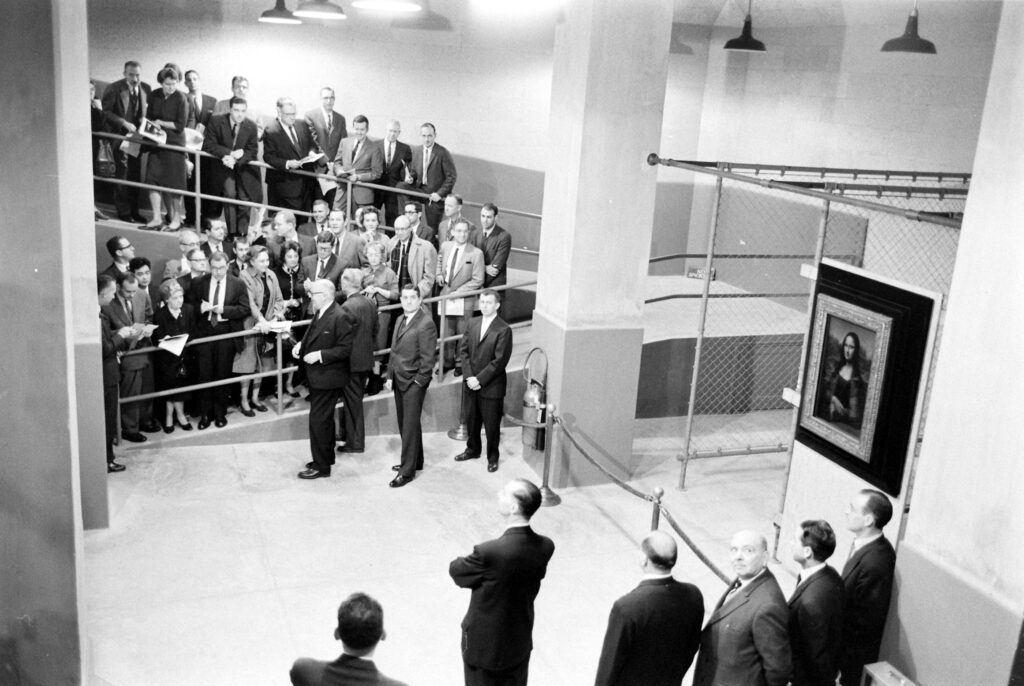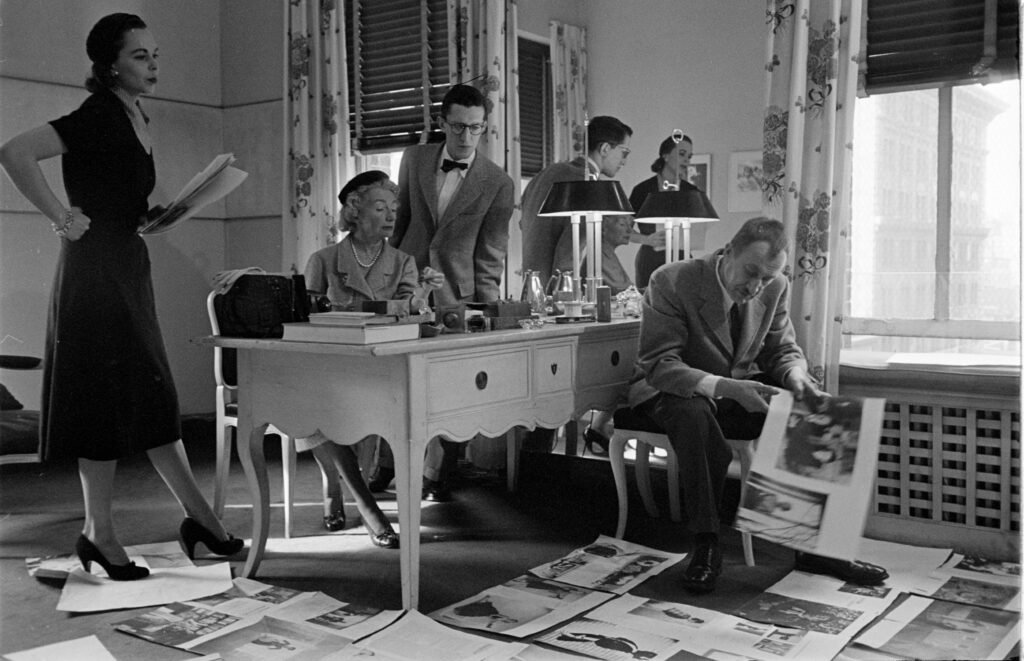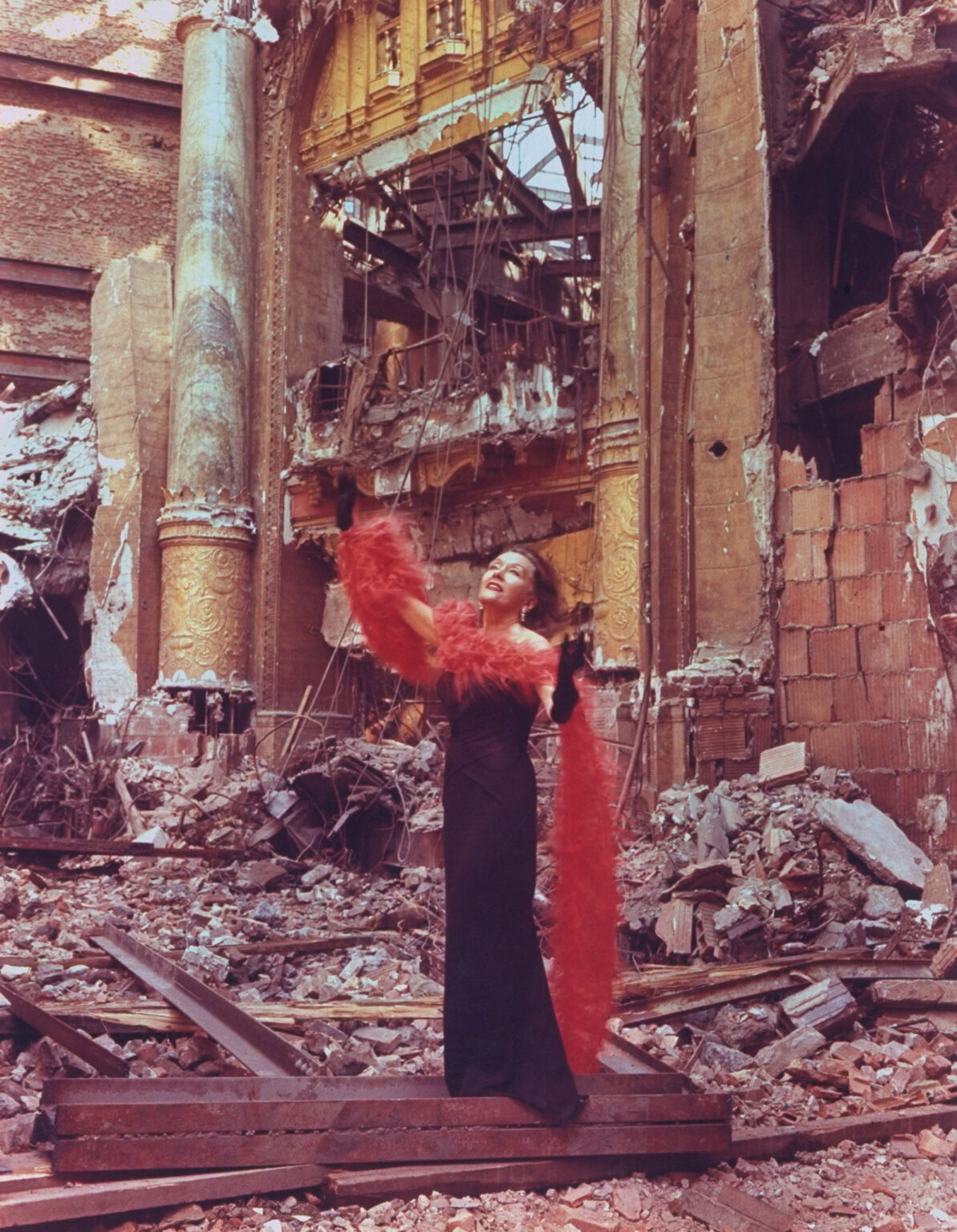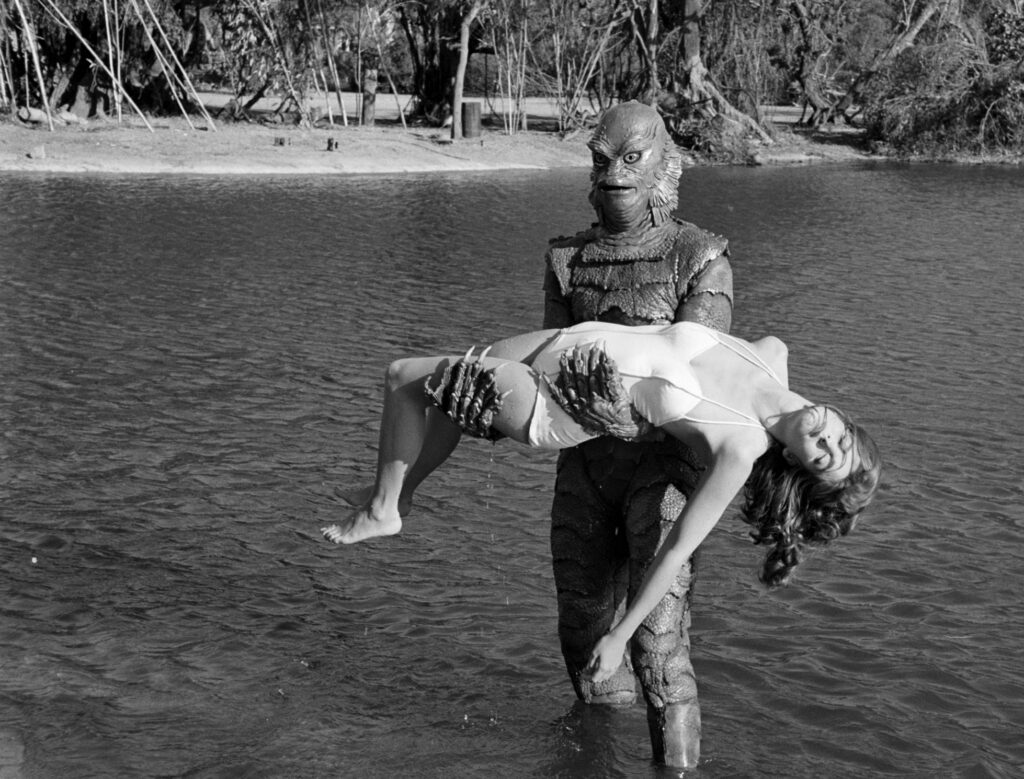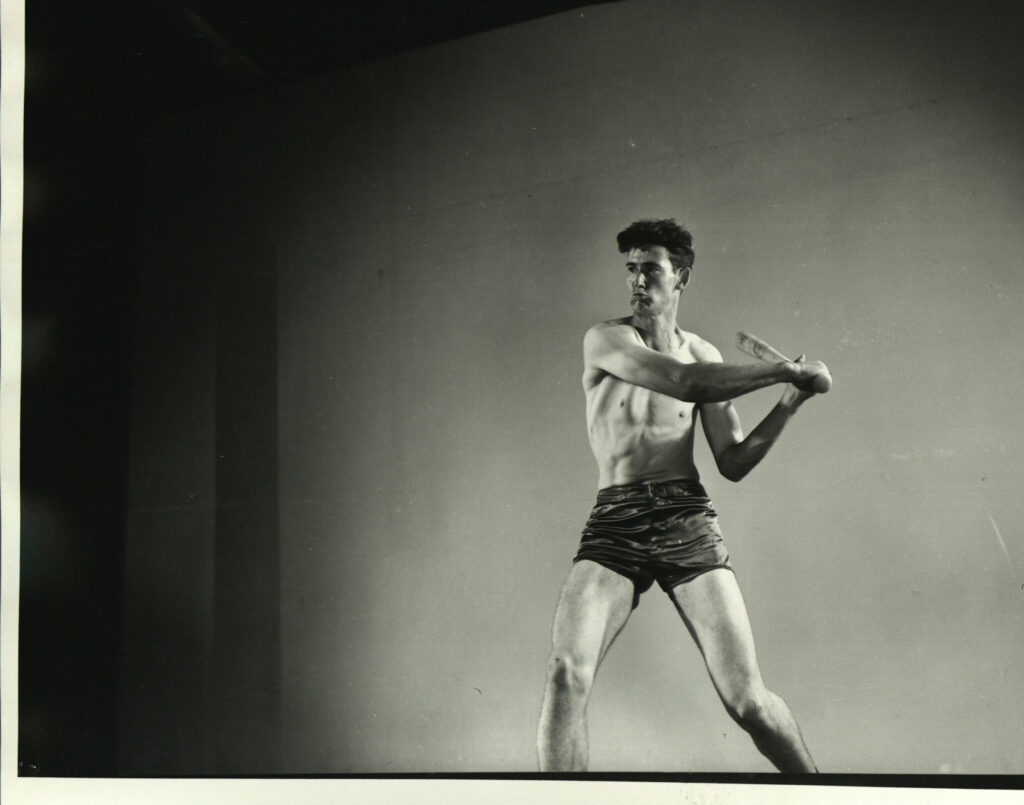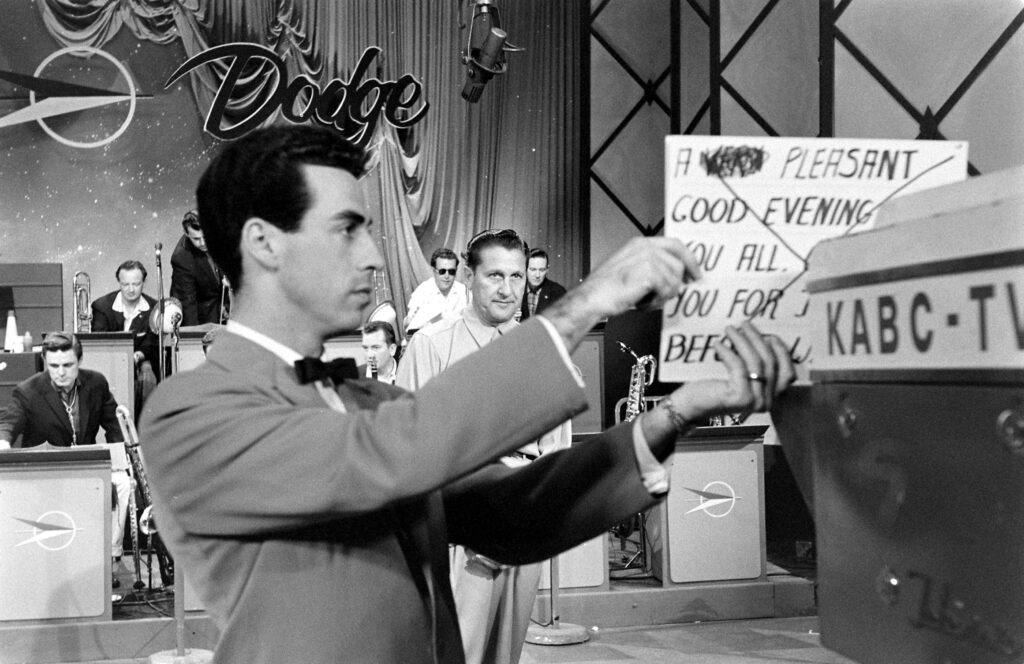Written By: Bill Syken
Co Rentmeester took countless memorable photographs during his years as a LIFE photographer, on a wide range of subjects, from the Watts riots to the war in Vietnam to snow monkeys in Japan. But no image of his has reached more people than the one he shot of Michael Jordan back in 1984—and that’s because it inspired the Jumpman logo that now appears on Jordan brand clothing, which generated $6.59 billion in revenue for Nike in 2023.
“I see it ten times a day,” Rentmeester says. But the logo is more a source of irritation than pride, because he believes he was never properly compensated. He sued Nike in a case that in 2018 went all the way to the U.S. Supreme Court.
The courts ultimately sided with Nike. So now Rentmeester is taking his argument to the public in a new documentary called Jumpman. The film premieres on June 7 at the Tribeca Film Festival in New York.
The film recounts in fascinating detail Rentmeester’s fateful 1984 photo shoot with Jordan, which took place on a hillside on the University of North Carolina campus in Chapel Hill. Because Rentmeester still has all the alternate takes with Jordan and also test images he shot with an assistant playing the role of the basketball star, the documentary is able to demonstrate the aesthetic and technical reasons behind Rentmeester’s history-making request to Jordan. Rentmeester asked him to do a ballet leap, going straight up into the air with his legs split, rather than a conventional basketball jump that creates momentum toward the hoop. Rentmeester’s unusual request resulted in a signature image for a man who would go on to become the most famous athlete on the planet.
Soon after that shoot Jordan would begin his NBA journey as a player for the Chicago Bulls, and also as a spokesperson for Nike. As the documentary shows, making use of original documents from back then, Rentmeester received a request from Nike for two slides from that hillside shoot, to use for presentations only, not reproduction. Nike paid Rentmeester $150 for sending the images out on loan. Then, about a month later, Rentmeester traveled to Chicago and was stunned to see an image of Jordan on a billboard, replicating the ballet jump, except in red-and-black Nike gear. “It was like I was hit in the stomach,” he says.
Rentmeester protested to Nike. They responded by offering him $15,000 to use the image for two years, plus the promise to employ him on future advertising shoots, Rentmeester says. He took the deal. At this point in his career he was working as a freelancer, had young children, and was not positioned for a long legal battle with a deep-pocketed corporation. The promised work, he says, never materialized.
Rentmeester only headed back to court in 2014, when he found a lawyer who took on the case pro bono. But a district court ruled against Rentmeester, stating that a pose only received thin protection, and that small differences such as the turn of Jordan’s hand or the angle of his foot were enough to make Nike’s image distinct from the original.
Rentmeester sees that decision as not only an injustice against him but as an insult to the art of photography in general. “I didn’t take the picture. I made the picture,” he says in the documentary. “Obviously they did not make a picture. They took a picture.”
It further irked Rentmeester that his case never came before a jury. He believes a panel of regular people would recognize the truth of what happened.
Jumpman, with a running time of a brisk 22 minutes, was directed by Tom Dey, who has helmed such feature films as Failure to Launch and Shanghai Noon, and who knew this story intimately because he is married to Rentmeester’s daughter Coliena, who is also a photographer.
“Because he is my father-in-law, I’ve lived through this saga at arm’s length over the last two decades,” Dey says. “I could tell that it was exhausting him.” Forty years after that initial photo shoot with Michael Jordan, Dey believed it was time that Rentmeester get credit for his work: “I thought, `If we make a film about this, he can address the court of public opinion, and the public can make up their own minds.”
From June 6 to 11 a related photography exhibit, which covers the Jordan shoot and the rest of Co Rentmeester’s illustrious career, will run in a gallery at 127 Greene Street in New York City.

Co Rentmeester photographed Michael Jordan in Chapel HIll, N.C. for a story on stars of the 1984 Olympics; that shoot would produce the famous Jumpman pose.
Courtesy of Co Rentmeester

A still of photographer Co Rentmeester from the 2024 documentary “Jumpman.”
Courtesy of Co Rentmeester

A still from the 2024 documentary “Jumpman.”
Courtesy of Co Rentmeester

In 1984 Michael Jordan jumped straight up while doing a ballet split on a hillside in Chapel Hill, N.C., with a toy basket staged cannily in front of him, in 1984; the image led to a lawsuit between its photographer, Co Rentmeester, and NIke over the company’s “jumpman” logo.
Courtesy of Co Rentmeester





